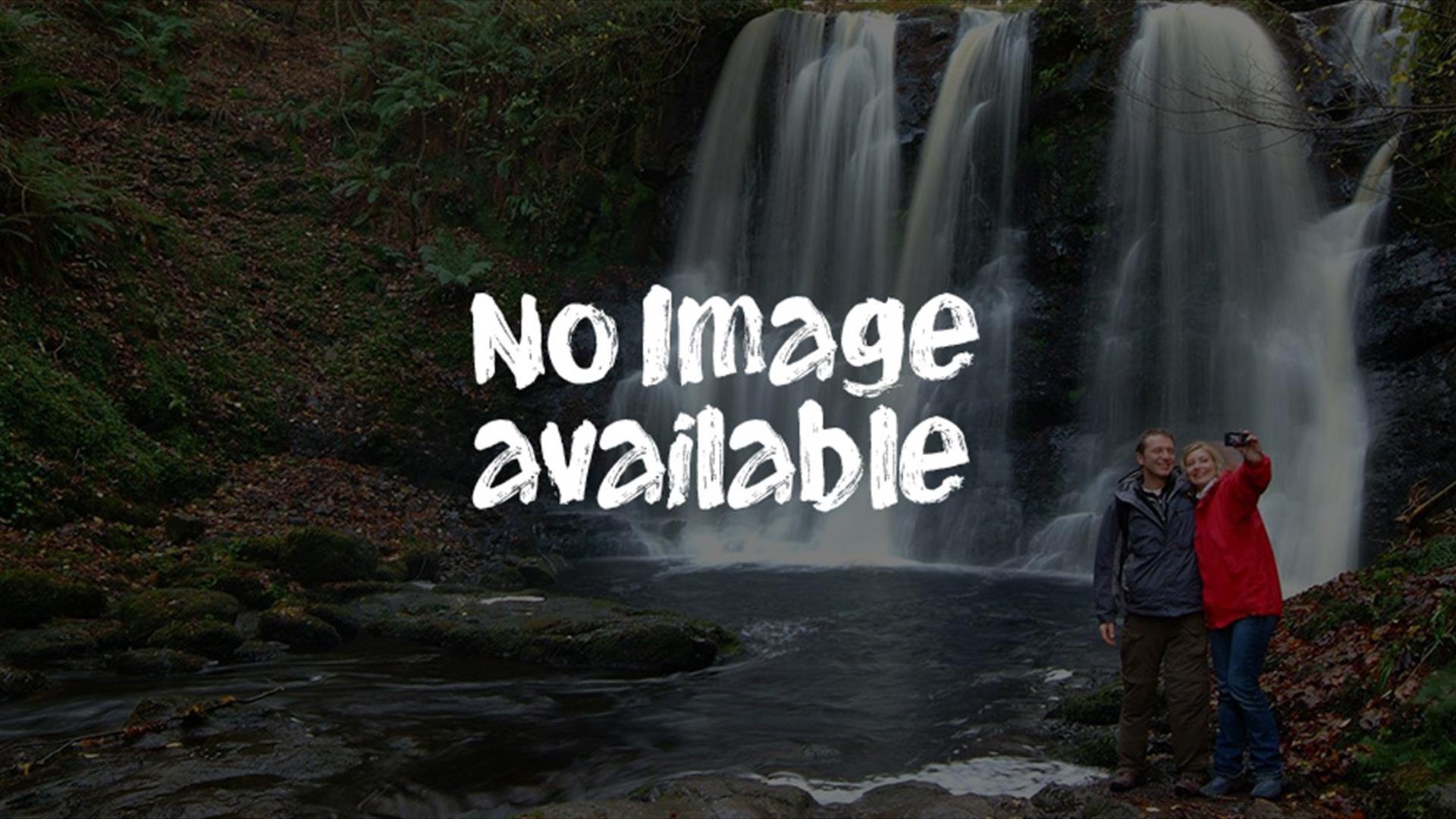
Book Tickets Online
About
The Antrim Hills Way cuts a scenic route through the Antrim Coast and Glens Area of Outstanding Natural Beauty. It explores a high coastal plateau and encompasses some of the most enjoyable upland walking in County Antrim. Dramatic scenery, isolated hills and fantastic history are just some of the treats on offer.
Start Point:
D310152
Finish Point:
J317936
Route:
The walk begins in Glenarm, one of the prettiest villages in the Glens of Antrim. The castle here was built in the early 17th century by Sir Randall McDonnell and today is the home of Viscount Dunluce. The walled garden is open to the public between May and September. The Antrim Hills Way climbs steeply out of the village to Black Hill at 381m and then leads south across a series of summits between 300m and 400m high. All these hills rise gently to the west but fall away steeply to the east, a conspicuous geological landform that is a legacy of the last ice age. The minerals 'Scawtite' and 'Larnite' were new to science when they were first discovered at Scawt Hill in 1929. The most striking formation is Sallagh Braes; a semi-circular basalt escarpment with wonderful views out to sea. Sallagh Braes was formed when glaciers cut into unstable slopes and caused a massive land slip, creating cliffs 2km long and 100m high. The Glens of Antrim were one of the first areas to be colonised by humans in Ireland, and adjacent to the car park at Linford are two prehistoric mounds thought to be burial sites dating from around 4000 BC. The hills are also an important habitat for the Irish hare, red grouse and the large heath butterfly. The southern part of the route climbs the slopes of Agnew’s Hill (474m), crossing more high and exposed ground. Although it is well waymarked, it is still best to walk this route in fine, dry weather, particularly if you want to take advantage of the wonderful panoramic views. On clear days the Belfast Hills, the Mourne Mountains, the Sperrins and Scotland all decorate the horizon.
Please be aware that this walking route passes through areas of open land such as hillside, working farmland and working forests. Livestock and bulls can be present at certain times of the year, ground conditions may be uneven or wet underfoot and all forestry signage should be adhered to.
Distance:
20 miles
Terrain:
Mainly off road moorland paths
Points of interest:
Glenarm, Glenarm Castle, Glenarm Forest, Scawt Hill, Linford, Sallagh Braes, Ballynure
Facilities:
Refreshments are available at the start and finish of the route in Glenarm and Ballynure. However this is a long route with no refreshment stops along the way – walkers should carry provisions accordingly. There is also no accommodation along this section of the route but a small number of Bed and Breakfasts are available at the start in Glenarm and finish in Ballynure.
Nearest town:
Glenarm
OS map:
9








